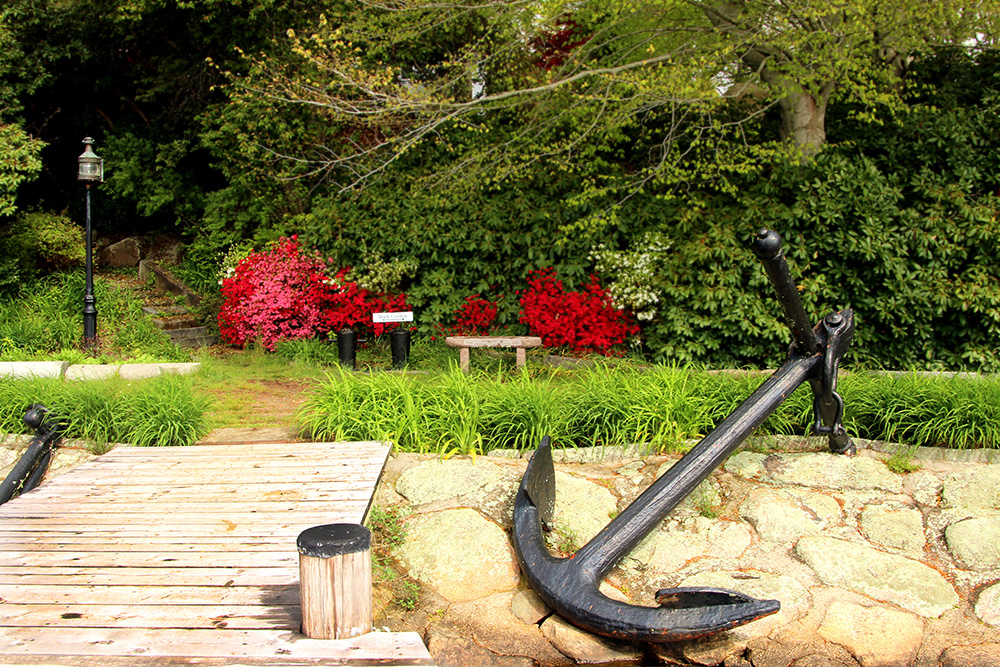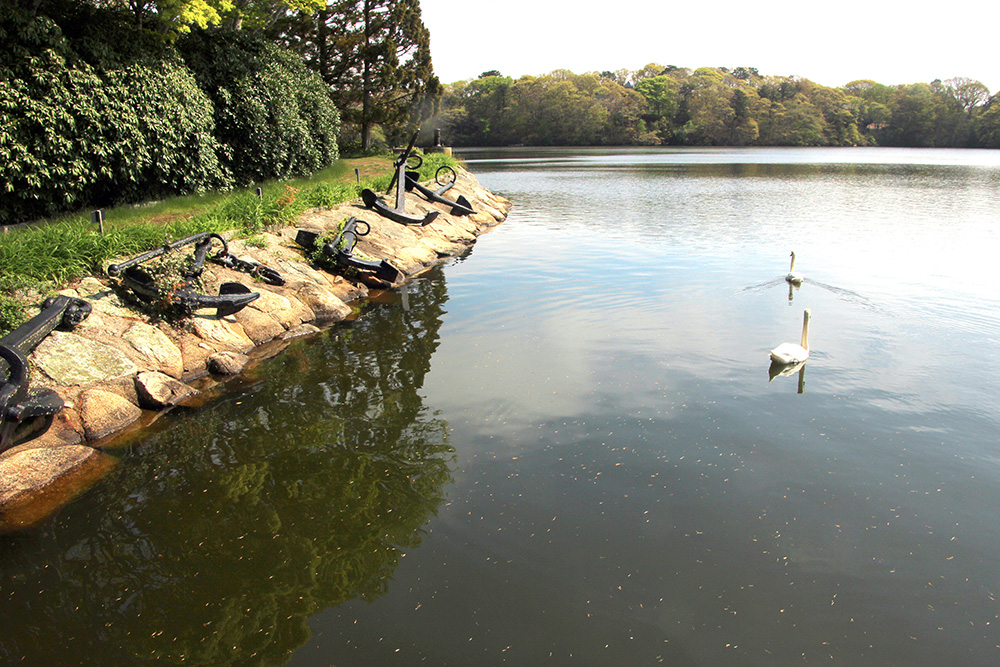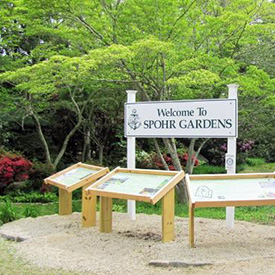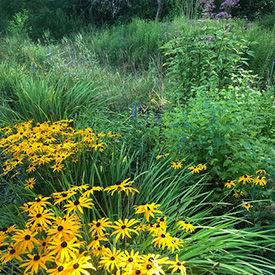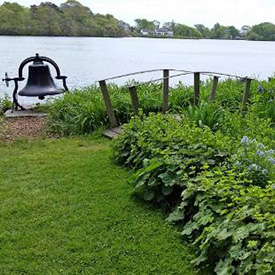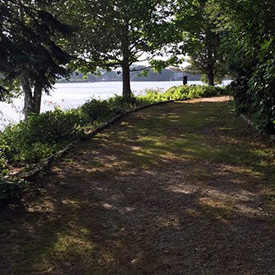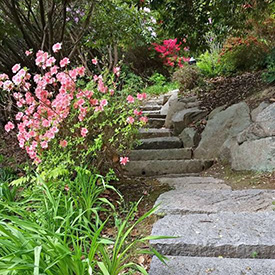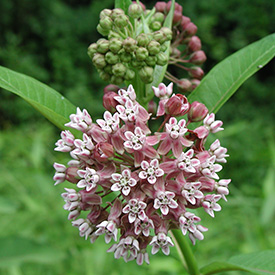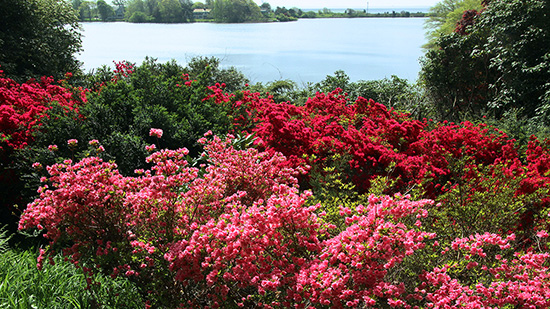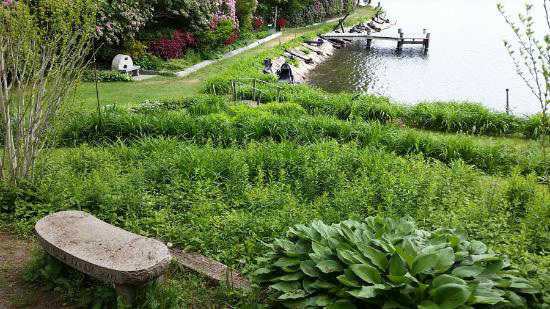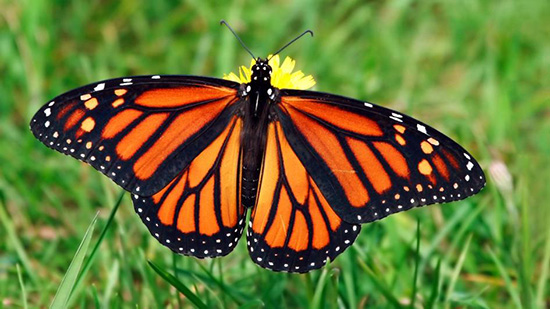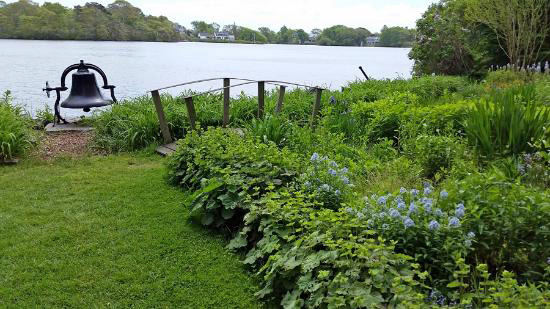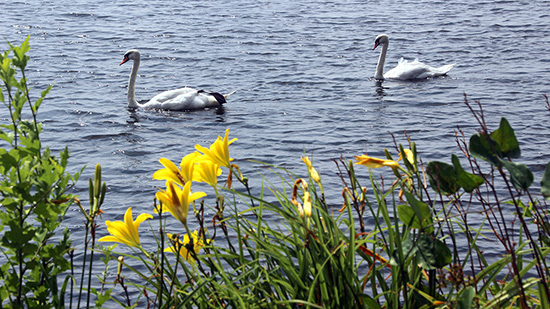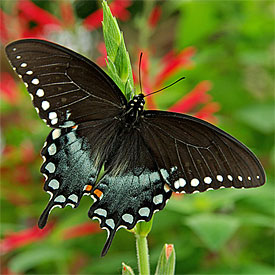TREES AT SPOHR GARDENS
![]() By Hila Lyman, Chairperson, Board of Trustees
By Hila Lyman, Chairperson, Board of Trustees
Charlie and Margaret Spohr bought the house on Fells Road in 1951. Their description was “just a small house surrounded by jungle”. The first thing the Spohrs did was to enlarge the house and put in two wells and the pump house. Once the house was completed, Charlie turned his attention to the “jungle” of vegetation.
Charlie started by clearing out the underbrush and thinning out the trees. Working with the contours of the land, he determined where the paths would go through the property. He and Margaret then decided on where to locate the various plantings of daffodils and the flower beds.
Their vision was to create a woodland garden, and the trees had to be the foundation of the project. While the native trees that were already growing there were the primary arboreal plantings, Charlie loved unusual, ‘specimen’ trees and incorporated them into the overall design.
One of our challenges was to identify the trees that are growing in the Gardens, In early June, Beth Schwarzman, one of Falmouth’s local experts on native trees, kindly walked the grounds between Fells Road and Oyster Pond with me and identified the trees that are growing there.
Oak trees are found in abundance throughout the property. There are Scarlet, Black, White and English oaks. Although most of them are probably natives, we decided that some of them may have been planted by the Spohrs. The oaks on the main hillside are mostly Scarlet oak, with a few Black and White oaks. If you go down the far left path as you face Oyster Pond, the Scarlet oaks are on the left hand side of the path and then are clustered on the right side with White oaks taking their place on the left hand side.
There are four different types of beech trees throughout the Gardens. They are: European, American, Weeping and Copper beech. The best way to distinguish between the Europe.in and American beech trees is to count the veins in the leaf. If there are eight (8) or fewer, it’s a European beech; if there are twelve (12) or more it is an American beech. If it’s between eight and twelve, it’s probably a cross between the two. The European beeches leaves are ruffled on the edges and are a little more rounded than the American beech. The one weeping beech is located next to the path in the allee – it’s a beautiful specimen and not to be missed. The beeches growing along the path near the anchors are all American beeches. The copper beech is a new addition and is located across the road on the far side of the path that circles the parking area. It’s a dwarf cultivar and will only get 40 feet tall! This was a given in response to a request in our fall newsletter for donations to expand the specimen tree collection.
Beth found three different types of birch – European, American, and Yellow. There are also horse chestnut, larch, linden, hop hornbeam, pig nut hickory, and Sourwood scattered around the property.
We also have a number of different magnolia trees. There are the star Magnolia, the Southern Magnolia, the saucer Magnolia, and we just added a yellow Magnolia ‘Butterflies,’ that was donated in memory of Priscilla McElvein. You will also see a number of different cultivars of Japanese Maples throughout the property. The American hollies are large, beautiful specimens. Again, you will find them throughout the grounds. All of these before we even begin to look at the specimen trees!!!
The ‘specimen trees’ that Charlie loved are trees that do not normally grow here, but can live here. They are all marked with signage that was donated by the Falmouth Garden Club. They include gingko, Japanese Cryptomeria, Dawn redwood, and Japanese umbrella pine.
Please come visit the Gardens. We are open every day of the year from 8:00am until 8:00 pm. We may not charge admission, but we do accept donations.


